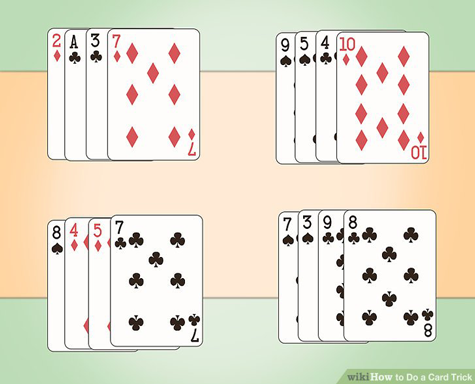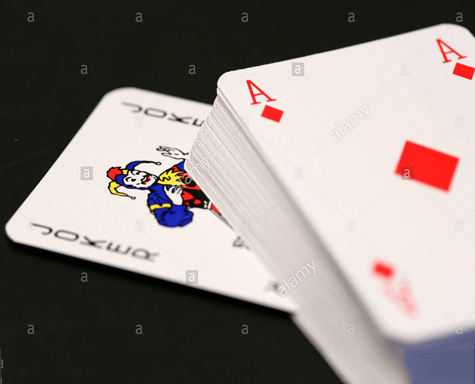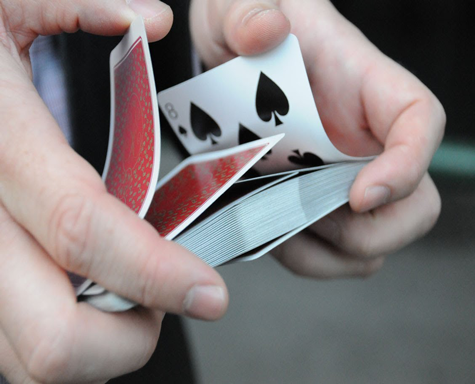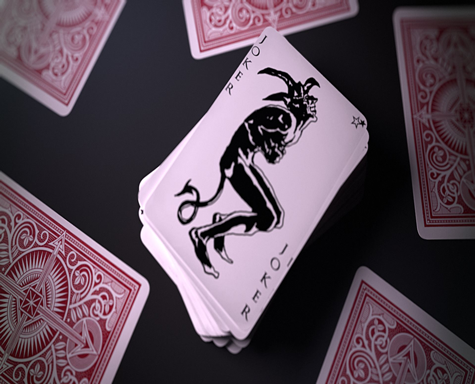Introduction:
The Mathematical Shuffle is an elegant card trick that falls under both the Self-Working Tricks and Math Tricks categories. With this trick, you’ll use simple math principles to shuffle and rearrange the deck, leading to an astonishing reveal where the spectator’s card is located with uncanny precision. The best part is, this trick requires no sleight of hand and works every time due to its mathematical structure.
Whether you’re a beginner or an experienced magician, this trick offers an exciting way to dazzle your audience while subtly showcasing the power of numbers and patterns in magic.
Performance:
Materials:
• A regular deck of playing cards.
Setup:
1. Shuffling the Deck: Start by thoroughly shuffling the deck in front of your audience. To make the trick more convincing, you can allow the spectator to shuffle the deck themselves. The trick works with any shuffled deck, as its power lies in the mathematical process.
2. Memorizing a Key Card: You don’t need any specific pre-set cards for this trick, but it’s always a good idea to quickly glance at the bottom card of the deck before proceeding. Let’s say the bottom card is the Seven of Clubs—you can use this information later for an extra flourish if you want.
Execution:
3. The Spectator’s Choice: Spread the deck face down and ask the spectator to select a card from anywhere in the deck. Have them memorize the card, but don’t let you see it. For this example, let’s assume the spectator chooses the Queen of Hearts.
4. Returning the Card: Once the spectator has memorized their card, instruct them to place it back in the deck, but give them a specific position (for example, the 10th card from the top). By controlling the card’s location in this way, the math-based process will work perfectly.
The Mathematical Shuffle:
5. The First Shuffle: Now, perform a simple overhand shuffle, but make sure you don’t disrupt the order of the top 10 cards. The Queen of Hearts will remain 10th from the top while the rest of the deck is shuffled normally.
6. Dividing the Deck: Next, divide the deck into three equal piles (or as close to equal as possible). Explain to the spectator that this shuffle will help you “read” the deck. Have them choose any pile.
7. Reconstructing the Deck: Now, gather the piles back together in the reverse order. Place the chosen pile in the middle, between the other two piles. This rearrangement ensures the selected card remains mathematically traceable, while appearing random to the audience.
The Mathematical Revelation:
8. The Power of Numbers: Begin counting down from the top of the deck in multiples of 3 (for example, 3rd, 6th, 9th card), pausing dramatically at each multiple. Build suspense as you count. When you reach the 9th card, announce that the next card will be the chosen one.
9. The Reveal: Turn over the 10th card—it will be the Queen of Hearts, the spectator’s selected card! The mathematical shuffling process ensures that the card remains exactly where it needs to be, delivering a flawless and impressive reveal.
Conclusion:
The Mathematical Shuffle is a brilliant card trick that demonstrates how math can create the illusion of magic. With zero sleight of hand required, this trick allows you to focus on presentation and storytelling, while the math does the heavy lifting. By practicing the counting method and controlling the flow of the performance, you’ll leave your audience astounded by the apparent randomness and the incredible accuracy of your reveal.







 Have a cool card trick? Please email it to us to
Have a cool card trick? Please email it to us to
2stxc3
lv20v1
b9sgw9
vqq6nr
87z1os
l310cz